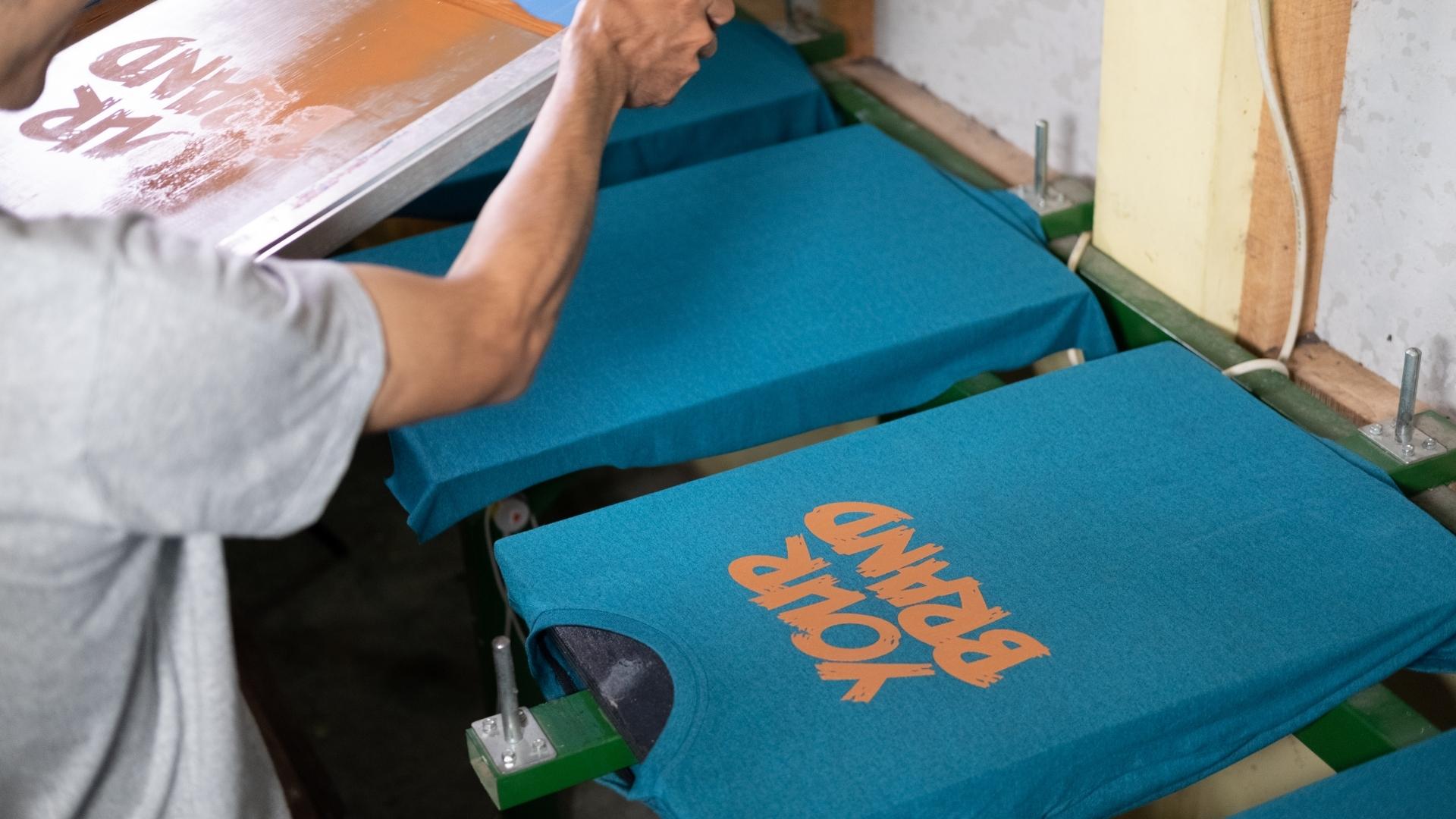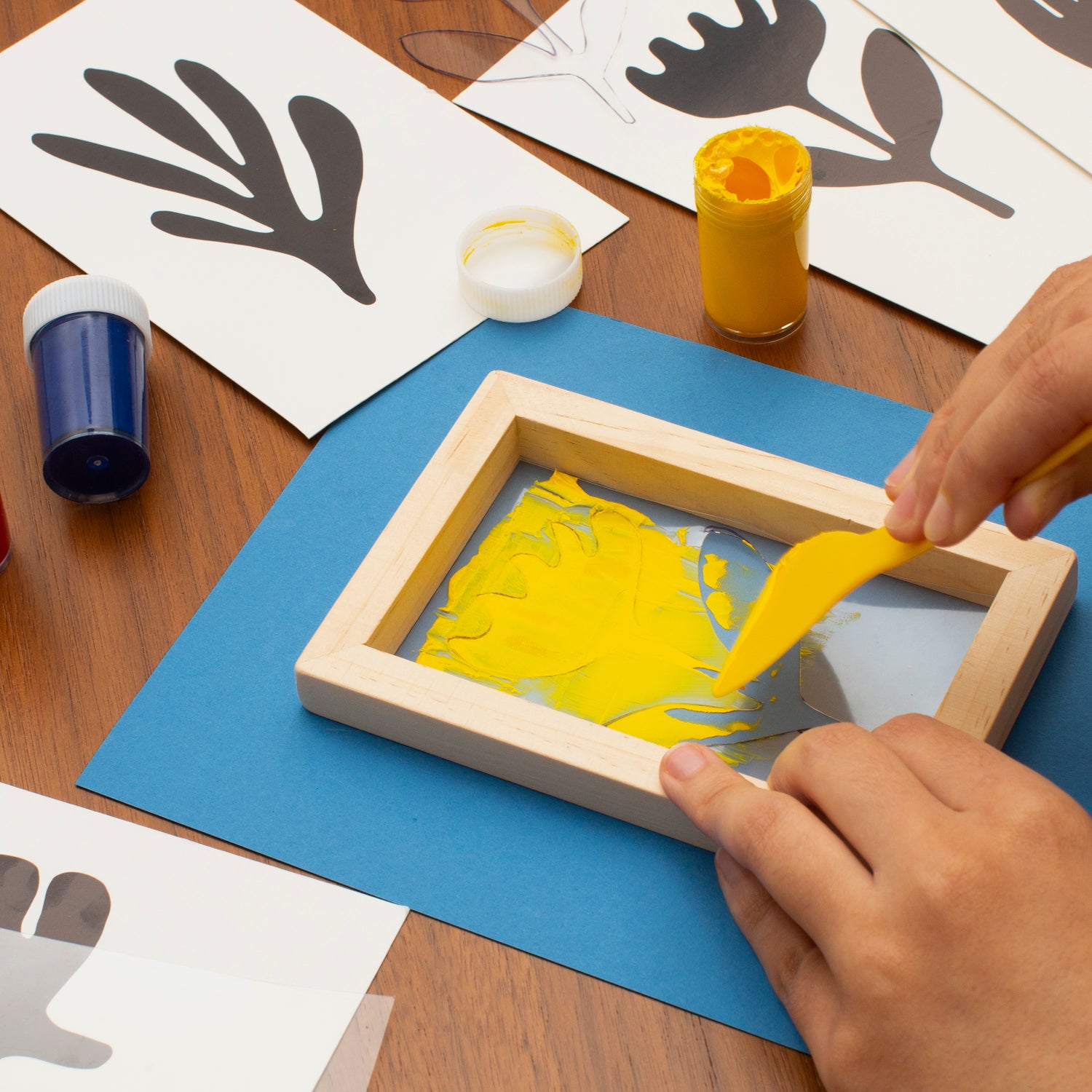The Vital Guide to Comprehending Screen Printing and Its Versatile Makes use of
Screen printing has an abundant background that goes back to ancient times, developing right into an advanced method used throughout various markets today. This guide discovers the details of the screen printing process, detailing its applications in advertising, home, and style style - 10:9 Design Texas. Comprehending these basics can open innovative potential for both creative and commercial jobs. The adhering to areas will certainly reveal important tips and techniques to enhance one's screen printing undertakings
The History of Screen Printing
Although screen printing has roots that trace back centuries, its evolution mirrors the imaginative and technical advancements of various societies. Coming from ancient China, the technique was at first utilized for enhancing fabrics and later spread to Japan, where it came to be integral to Ukiyo-e woodblock printing. The technique changed to Europe in the 18th century, where it acquired popularity among artisans and business printers. The development of photo solution in the 20th century reinvented screen printing, permitting for more elaborate styles and greater performance. Artists like Andy Warhol better moved its popularity, making use of the tool to produce renowned works that blended commercialism and great art. By the late 20th century, screen printing had actually developed itself as a versatile technique, utilized in vogue, advertising and marketing, and art. Today, it continues to develop, incorporating electronic technology and increasing its applications across various markets.
The Screen Printing Process Explained
Screen printing transforms imaginative visions into substantial styles via a series of precise steps. An image is produced and after that transferred onto a screen, normally made of fine mesh textile stretched over a structure. A light-sensitive solution is put on the screen, which is exposed to light, hardening in locations not covered by the picture. After washing out the unhardened solution, a stencil is formed.
Next, the screen is placed over the substratum, whether it be textile, paper, or one more product. Ink is then pushed via the open areas of the pattern utilizing a squeegee, depositing the design onto the substrate listed below. This procedure can be repeated for numerous shades, needing separate screens for each and every color. Finally, the published thing is cured making use of warmth to ensure the ink sticks correctly, leading to a sturdy, lively style prepared for use.
Kinds Of Screen Printing Techniques

Additionally, specialized strategies, such as discharge screen printing, remove dye from the material to produce softer prints, while foil screen printing uses metal foil to accomplish a shiny coating (10:9 Design Texas). Each method uses unique qualities, catering to numerous imaginative requirements and manufacturing scales, inevitably increasing the opportunities within the screen printing domain name
Applications of Screen Printing in Various Industries

Furthermore, the signage and marketing sectors use screen printing for producing attractive displays and banners. This method enables vibrant colors and complex styles that record interest. In electronics, screen printing is utilized for applying conductive inks to motherboard, necessary for element links. The home decoration sector accepts screen printing to generate unique designs on textiles and wall art. On the whole, screen printing functions as an essential tool throughout varied fields, boosting items with customized and aesthetically attractive graphics.
Tips for Effective Screen Printing Projects
While undertaking a screen printing project, cautious attention to information can considerably enhance the final end result. Picking top quality materials is crucial; this includes the screen, inks, and substrates. Making use of proper mesh matters can impact ink deposition and detail resolution. Prep work is equally important; complete cleansing of screens and appropriate exposure times ensure crisp prints.
Next, exact enrollment is crucial for multi-color prints. Using placement devices can aid achieve specific layering. Furthermore, testing prints on scrap materials more info prior to manufacturing helps determine potential problems without throwing away sources.

Regularly Asked Questions
What Materials Are Best for Screen Printing on Textile?
Cotton and polyester blends are suitable for screen printing on fabric because of their longevity and ink absorption. In addition, specialty fabrics like silk or canvas can produce special structures and finishes, enhancing the overall layout quality.
Just how Do I Tidy and Maintain Screen Printing Equipment?
To clean and maintain screen printing devices, one must frequently wash screens with proper solvents, examine mops for wear, lubricate moving components, and store all products in a completely dry, dust-free atmosphere to extend their life-span.
What Are the Ecological Impacts of Screen Printing?
Screen printing can have considerable environmental influences, consisting of chemical waste from inks and solvents, water use during cleansing processes, and energy consumption. Lasting practices and green materials are essential for reducing these unfavorable effects.
Can Screen Printing Be Done in the house Efficiently?
Screen printing can be properly done at home with the best materials and techniques. Enthusiasts can develop quality prints, though success relies on their ability degree, equipment, and understanding of the process entailed.
What Are the Prices Connected With Starting a Display Printing Business?

Beginning a screen printing company involves expenses for devices, materials, and work area. Initial costs usually range from a few hundred to numerous thousand bucks, relying on the scale, quality of equipment, and wanted production ability.
Screen printing has an abundant background that dates back to ancient times, evolving into an innovative method used across various industries today. Another technique, rotating screen printing, utilizes round screens, facilitating continual printing on fabric rolls, thereby boosting effectiveness for massive manufacturings. Additionally, specialized strategies, such as discharge screen printing, eliminate dye from the fabric to produce softer prints, while aluminum foil screen printing uses metallic foil to achieve a shiny coating. In the fashion sector, screen printing is widely made use of to develop vibrant styles on garments, enabling brands to display their one-of-a-kind styles. Cotton and polyester blends are ideal for screen printing on textile due to their sturdiness and ink absorption.